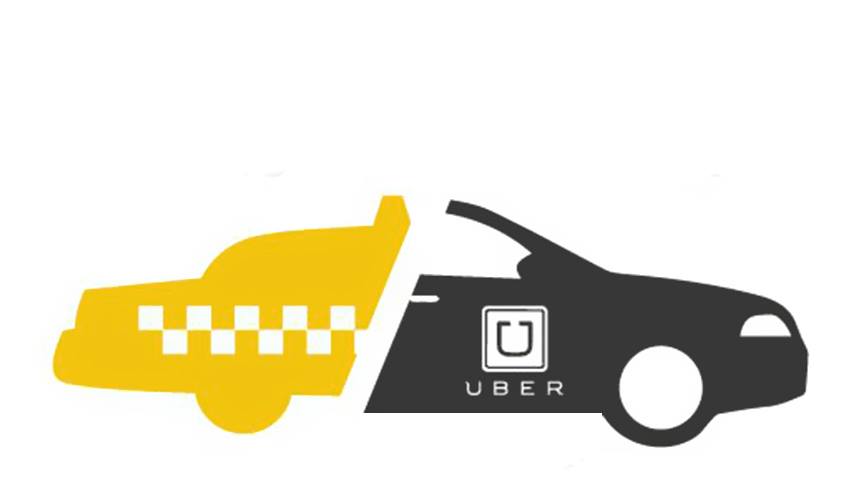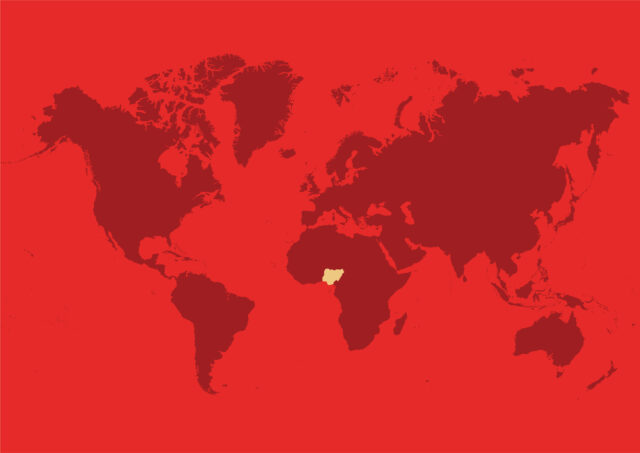As the demand for convenient and comfortable rides continues to rise in this part of the world, the battle to become the preferred go-to urban taxi service has seen a concomitant increase. The 2 major E-hailing cab services at the forefront of this race? You guessed right, they are Uber and Taxify.
Both are international transportation network companies who run innovative on-demand private driver applications that operate in many countries around the world. But that’s just about where the similarities end.
While Uber is headquartered in the USA, Taxify finds its roots in the Northern European country of Estonia. Nigeria welcomed Uber to its shores in 2014, while Taxify only debuted in 2016.
At a time when Nigerians had become wary of the traditional yellow taxis that are often badly maintained and at the same time, highly priced, the emergence of Uber 3 years ago was a welcome development. Uber took center stage and reigned supreme until Taxify joined the cab service fray.
In much the same way Uber appeared to be the savior at the time they hit Nigerian roads, Taxify’s entry into the Nigerian market was greeted with excitement and some level of relief. At last there was another alternative to Uber who had been caught in a web of controversies ranging from uncouth and unprofessional drivers, to the revenue sharing dispute between its management and drivers, allegations of theft and other related vices.
Also, just like what happened in the telecommunications sector when Glo introduced the per second billing option that forced pioneers Econet, and MTN to review their billing policy, Taxify came in with cheaper riding rates, and the promise of a better deal for its drivers – a proposition that coincided with the period Uber was going through its upheavals, a situation that also led to Uber drivers “porting” to Taxify.
But that’s not all there is to the story of these rivals. Uber’s limited coverage of a city like Lagos, for example, meant that those outside their coverage area had to rely on other options of transportation. This development also provided a leeway for Taxify to thrive in these areas.
The demography who make use of the two riding service providers cut across the young and old, after all everyone needs to move around. Even though there are no clear statistics that show which demography prefers which, it’s safe to say that the younger demography who are still upcoming and are more particular about saving as much as they can have been more inclined towards patronizing Taxify since it became a viable and reliable option, even though it has had its fair share of challenges too.
On the other hand, older citizens who have been accustomed to and comfortable with Uber’s services over the years are already set in their preference, and still opt for Uber in spite of the hitches it has experienced over the years.
The older generation who are more financially buoyant are also more likely to be indifferent to the slightly more expensive platform compared to students, and young workers who are particular about accounting for every penny spent.




